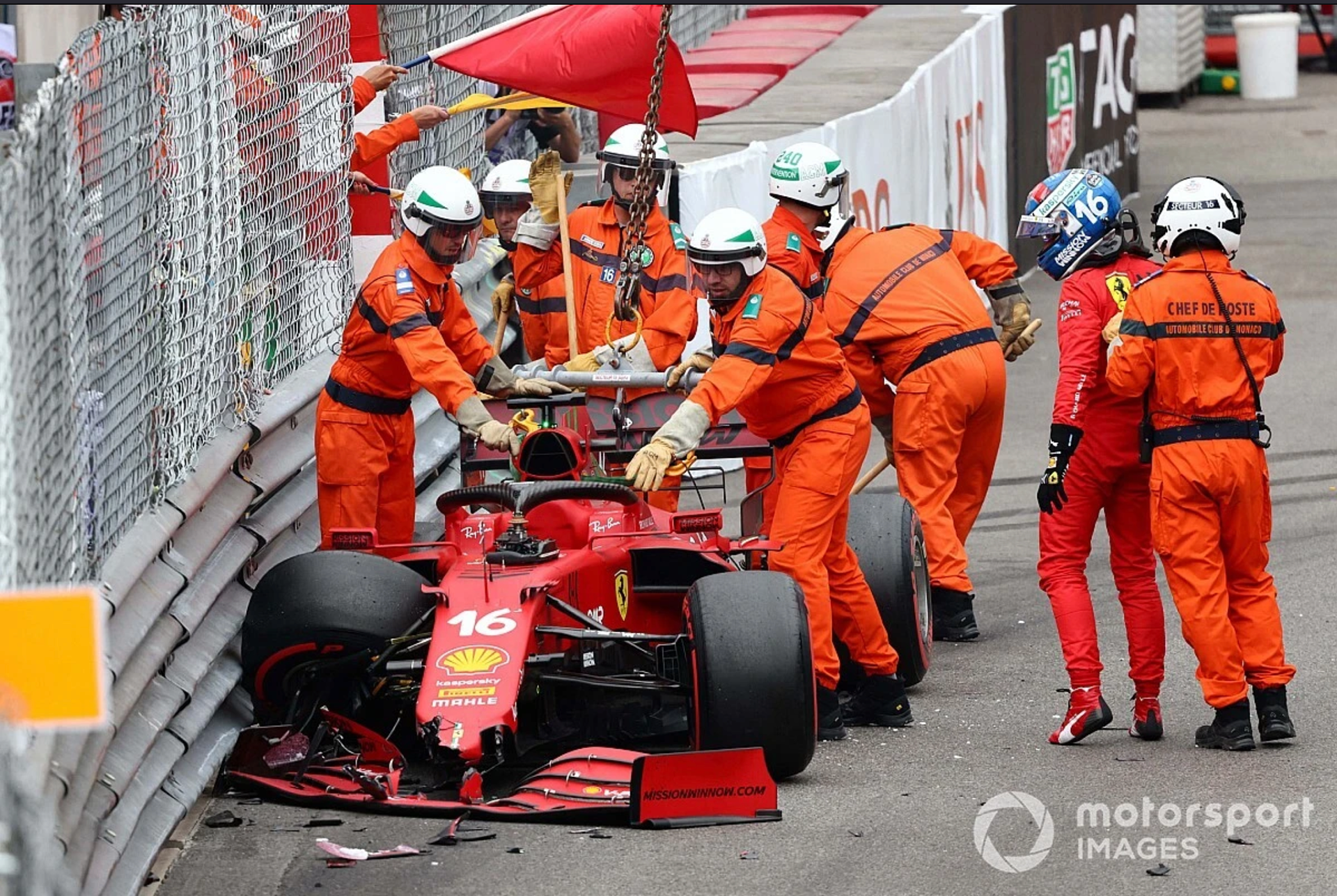This week, with the launch of the latest generation Corvette Z06, Chevrolet joined the restrict but slowly expanding group of manufacturers (Ford, Ferrari, Koenigsegg, Renault, Porsche) who offer an option of Carbon Fibre wheels for its most special cars.
These wheels substitute their steel (or magnesium) counterparts. They are lighter, stronger, and stiffer. As mentioned by Corvette chief engineer Josh Holder they “reduce unsprung mass by over 40 pounds”, executive chief engineer Tadge Juechter adds that they “spin faster” and help absorb bumps by being stiffer.
However, these advantages come at a cost. Carbon fiber wheels are a very costly option, in case you’d like your Ford GT500 to have some, you’d be looking at a whopping $7,015 for a single front wheel and $5,700 for each in the rear. Especially when you consider how easily they can be damaged.
Carbon fiber is a complex man-made material, which takes a long time to manufacture. Even after its completion, the material must then be worked on to take the form of a wheel (in this case, though carbon fiber has many other purposes as well), and then carefully further retouched and verified to ensure no faults can be detected.
Why are Carbon Fiber wheels not seen in racing series?
WELL, Surely all the previously stated advantages could be of great use to racing teams, right? Less weight, more speed, improved stiffness, providing faster lap times and better vehicle dynamics? Yes, they certainly would, as is the case with road cars. However, this technology isn’t that new and there are reasons behind why teams haven’t incorporated these wheels into their racecars.
First of all, although carbon fiber is a very strong material, it shatters easily on impact. If a crash happened, it would be very easy to see the wheel be disintegrated into small carbon fiber parts that’d be spread all over the racetrack, damaging other cars, and putting the viewers in danger (considering the rotational force that could throw sharp pieces miles away), causing flat tires to the other racecars as well that’d be found a target of the pieces left on the racetrack. Apart from this, it’d also contribute to longer periods of track maintenance after a crash since the track marshalls would need to gather every small rest of carbon fiber on track.
Secondly, carbon fiber is more sensitive to high temperatures than steel. The vast amounts of heat generated by braking systems on racecars can reach 1000ºC+, which, considering the duration of a race, could result in the warping of the carbon fiber wheel. This would constitute a safety hazard to everyone involved.
Thirdly, the team’s cost to race would rise exponentially. Racing costs are already too high, which can be seen in F1 with the FIA trying to implement budget caps in order to decrease racing budgets so it can become easier for smaller teams to enter and compete in the racing series. The additional cost of using carbon fiber racing wheels would be too much for some teams to bear, considering the need for constant maintenance and substitution.
Lastly, it’s more difficult to have a consistent carbon fiber product and to check for faults than a steel counterpart.


This is a case where racing technology can only be implemented in road cars, which work at lower temperatures and are at a smaller risk of crashing and rubbing. Even if these road cars do race, they’ll still experience less heat than racecars would and will, of course, endure shorter periods of this activity.